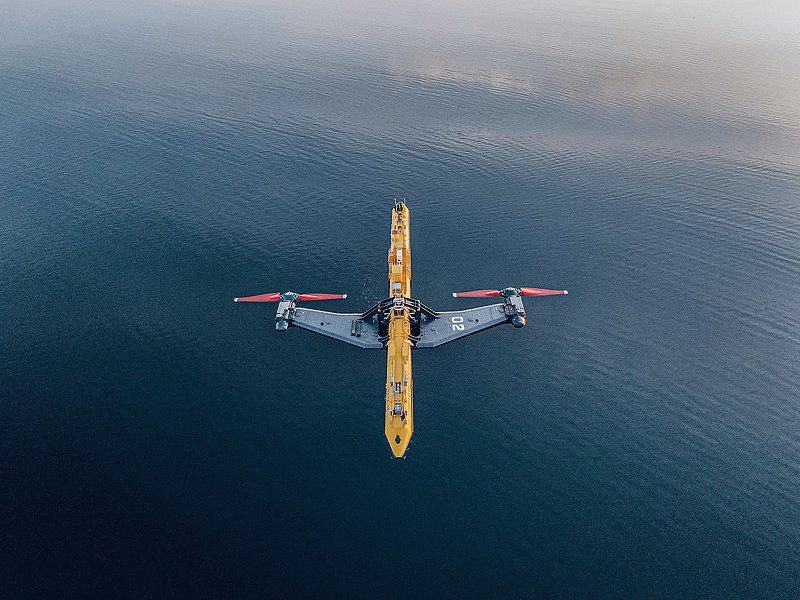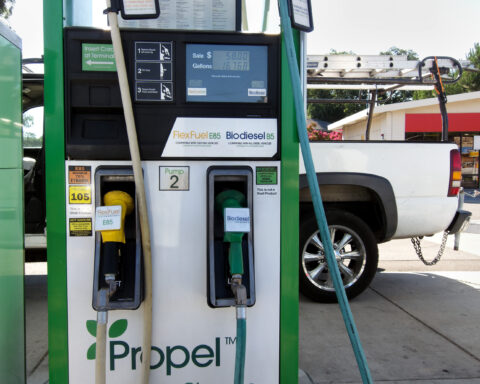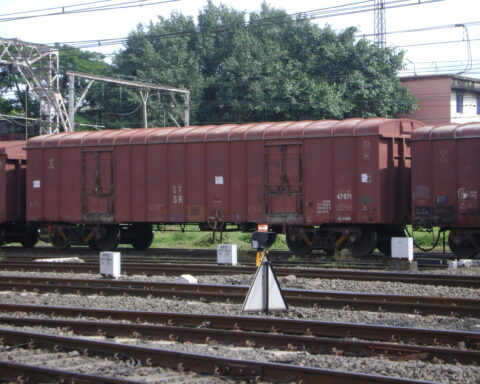The U.S. Department of Energy’s Water Power Technologies Office (WPTO) recently allocated over $41 million to the four university-led National Marine Energy Centers (NMECs). This funding includes $36 million from the Bipartisan Infrastructure Law (BIL) and will support marine energy research and development and improving testing infrastructure at the NMECs. The BIL investment will support more than 30 research and development projects across the nine universities involved in the NMECs.
Marine energy technologies convert the power generated by waves, tides, ocean and river currents, and temperature differences in the ocean into clean electricity. These resources are very predictable, making them valuable contributors to a stable and reliable clean energy grid when paired with other variable renewable energy sources and offshore operations.
The total marine energy available in U.S. waters is estimated at nearly 60% of the country’s total power generation, so capturing a small fraction of this potential could make a significant contribution to meeting energy needs nationwide – particularly for remote, coastal and island communities that depend on costly fossil fuel shipments.
The NMECs are located across the country to leverage different marine energy resources and regional expertise, offering the facilities and expert knowledge needed to research and test marine energy technologies ahead of commercialization efforts. The NMECs also act as a central hub for the industry, gathering and sharing best practices for the development and management of marine energy technologies and resources.
Over the years, the NMECs have gained international recognition for their expertise in marine energy research and testing. They have also become key participants in several WPTO-funded programs, such as the Testing Expertise and Access for Marine Energy Research program and the University Marine Energy Research Community.
The recent investments in the NMECs will produce further energy research and development and strengthen testing infrastructure as the United States continues to expand its renewable energy resources. Projects being funded across the four centers include:
Atlantic Marine Energy Center
The team at the Atlantic Marine Energy Center (AMEC), which includes the University of New Hampshire, Lehigh University, Stony Brook University and the Coastal Studies Institute, will work on developing anchor systems for deploying marine energy devices in deep waters. These anchor systems are crucial for securing marine energy devices in place, with research focusing on a specialized anchoring system that can be adapted to different devices and various water conditions.
In another project, AMEC researchers will evaluate computer models to assess the structural integrity of turbine blades under turbulent wave conditions to ensure the blades used in marine energy devices can withstand changing environmental conditions.
Hawaii Marine Energy Center
The Hawaii Marine Energy Center (HMEC), led by the Hawaii Natural Energy Institute at the University of Hawaii at Manoa, will start several new projects, including one centered on completing computer modeling and ocean testing for two wave energy converter designs to enhance their power performance.
Following up on those findings, researchers will conduct further testing on one of the devices to demonstrate its effectiveness in an open-water environment. HMEC will also engage in educational outreach in remote island communities across Hawaii and the Pacific Islands. The goal is to build strong community relationships and increase understanding of marine energy’s potential.
Pacific Marine Energy Center
Researchers at the Pacific Marine Energy Center (PMEC), which includes the University of Washington, Oregon State University and the University of Alaska Fairbanks, will develop a real-time wave prediction tool to help optimize the power output and efficiency of wave energy converters.
PMEC experts will also focus on developing techniques and systems to autonomously detect and mitigate debris in river-based turbine systems. Debris entering these systems can get lodged in turbine blades, potentially causing damage, reducing efficiency and leading to expensive repairs.
Southeast National Marine Renewable Energy Center
As part of their efforts, the team at the Southeast National Marine Renewable Energy Center (SNMREC), led by Florida Atlantic University, will simulate and quantify the potential power that could be harnessed from ocean currents and develop tools for predicting ocean currents.
Researchers will also create tools to enhance power production forecasting for future device deployments and study ocean thermal energy conversion, a process that generates power using temperature differences in water. The researchers will share their findings with the National Renewable Energy Laboratory to add to its existing data and improve overall ocean thermal knowledge.
Photo by S.clarkorbital













